After a bit of plateauing in our clicker training last week I felt I needed a different approach. Usually there is always something to get excited about, and when I don’t get that it’s time to change my approach.
It can be quite challenging to think Out of The Box and come up with a totally different approach, if what you’re doing doesn’t bring you success anymore.
Plateauing could be a sign your learner might not be learning anymore (in the environment you provide),needs more repetitions or that -in Rita’s case- it’s too difficult or too stressful.
Because of that Rita wasn’t in ‘thinking mode’ anymore and no real learning was taking place. She might ‘learn’ I’m trouble, and that’s not my aim!
Repetition can be really beneficial but when you notice you’re getting the same result (instead of ‘better’ or ‘more’ or ‘longer‘), the repetitions have the opposite effect: learning stops. It also can get boring and predicable. As was the case with Rita. Learning stopped (I can see that in hindsight, but at the time it was difficult to accept that thought). She still wanted to go to the food bowls and (sometimes almost resultantly) ate her food rewards.
Food puzzles
When I asked a good friend, who is also an excellent positive reinforcement trainer for advice, she told me how food puzzles helped her. She and her fellow clicker trainsters were training pigs, but they where highly stressed and didn’t want to interact with humans. Just like Rita. That made it difficult to train them.
She told me food puzzles helped the pigs learn, get used to their attendance and their voices. It took two months. After that, they could easily clicker train other behaviours and made great progress.
I must admit I was a bit disappointed when she told me about the two months of food puzzles…. I’ve been training Rita for 2 months and although I made great progress so far, two months of (what almost seemed to me as “non-training”) sounded like ages…
A cheerful thought
On the other hand; LEARNING takes place! That thought really cheered me up again! And, when you can entice a mule (or other animal) to learn with appetitives (something they LIKE and want to have), you greatly enrich their lives and enhance their welfare.
Now, I could see how a simple food puzzle could reduce stress. Letting Rita discover the puzzle IS the reward, and no trainer (human) involved! And solving the puzzle leads to a food appetitive. Double bonus! I decided to try this! See video at the bottom of this blog.
My next Challenge: What makes a suitable puzzle for Rita
I decided to make the food ‘puzzles’ so easy, that it would be just enough challenge, without stressing her out. I wanted to ask my friend about her food puzzles, but then realized that food puzzles for pigs would be very different than food puzzles for a traumatize mule. Simply because they have different natural and species specific behaviours.
The food puzzle must be solvable by just using their natural foraging behaviour. Burying food would work as a nice puzzle for a pig, whos natural behaviour is to dig, but for a grazer/browser like mule, it would probably be too challenging…
I decided to keep my puzzles easy and low stress. I made different puzzles using items that she had seen before: food bowls, a target, a part of a bottle, a cone. Let me know in the comments if you’re curious about my food puzzles.
Milestone 1: Less Stress
The benefits of my puzzles are diverse:
- No bridges involved, that stressed her out
- No human that needs to approach her, to offer food rewards
- No anticipation stress
- PLUS: Learning was stimulated and immediately rewarded with appetitives
- PLUS: Trainer keeps a large distance and isn’t involved in the process (other than set up)

How this will greatly benefit our further training
Now Rita is getting used to the food puzzles, and my attendance and my voice, learning takes place again. I keep talking to her while she’s exploring the food puzzles. The idea is that she’ll make a positive association with me, now I lowered her stress levels due to the changes I made.
Too much stress will inhibit learning. I noticed lots of calming signals and stress relief signals before I used my food puzzles. These behaviours have decreases significantly!
Biggest takeaway
My biggest takeaway from this experience is to Trust the Learning Process (one of my favourite quotes that my clients hear all the time). Thinking out of the box to benefit your learner (How can I make this more fun for RIta and less stressful for her) brings the trainer what she wants, too. Even when it doesn’t seem that way at first glance. Relationship before Results and the Results will follow!
That’s where a second pair of eyes or brain comes in so handy! Having someone to ask for advice was invaluable! It helped me get ‘unstuck’ in my training and make a turnaround in my dead end street I was in. It saved me lots of time and Rita lots of stress! Thank you!
Relationship before Results
At first, I had to let go of the idea of me getting Results. The results I was focused on were Key Lesson Targeting (since we made a good start with that) and approaching her (her personal bubble shrank from about 15 meters in the first weeks to about 3-4 meters)
The benefits of Key Lesson for Trainers #1: Principles of Learning and Motivation. When you understand what inhibits and what stimulates learning, you can change your approach accordingly. When learning takes place, you get (the learner offer!) different behaviours, which unlocks new approaches and ideas for training!
Other Milestones my ‘Relationship before Results-approach‘ brought me
The next blog I will elaborate on the other mile stones that the food puzzles brought us! I can’t wait!
What is your experience with plateauing in training?
Share your story how a different approach lead to better results in your clicker training. What happened that forced you to think out of the box and how did it help you? I would love to hear about your Out of The Box solutions that helped your horse learn better.
Did you need to put the Relationship first in order to get (better) Results?
Do more with Clicker Training!
Are you a compassionate horse owner who wants to build a strong friendship with your horse? Would you like to understand your horse better and help your horse to understand YOU better? Get access to high quality online training and a fabulous, supportive R+ community in our HippoLogic Clicker Training Academy. Check out the link!
Want to do more with Clicker Training?
Join the HippoLogic Academy! I coach and support you personally getting your dream results with positive reinforcement, so that you can bond with your horse in the process. Create a connection build on mutual trust and understanding, a clear two-way communication built on love. Click the image to go access the application form ↓

Not sure? Start with a free clicker training assessment to get taste of what it feels like to work with me. When you have a specific struggle that you want to overcome, don’t hesitate to contact me.
In this assessment you’ll discover what’s holding you back from accomplishing the things you want with your horse. After our conversation you’ll know exactly what to do, in order to move forward towards your goals.
Happy Horse training!
Sandra Poppema, B.Sc., founder of HippoLogic & HippoLogic Clicker Training Academy

Join us!








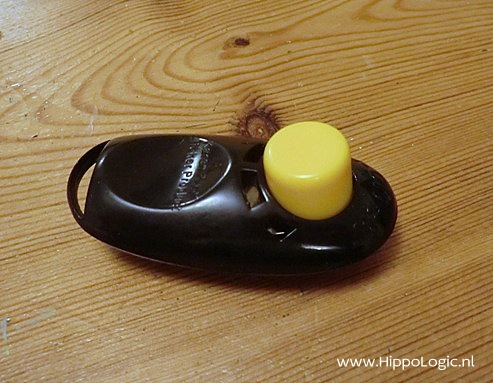



 Train wanted behaviour quickly
Train wanted behaviour quickly Feeding treats as a reward won’t necessarily get you the desired outcome. You have to use treats as reinforcer. To strengthen behaviour, not just to reward behaviour.
Feeding treats as a reward won’t necessarily get you the desired outcome. You have to use treats as reinforcer. To strengthen behaviour, not just to reward behaviour.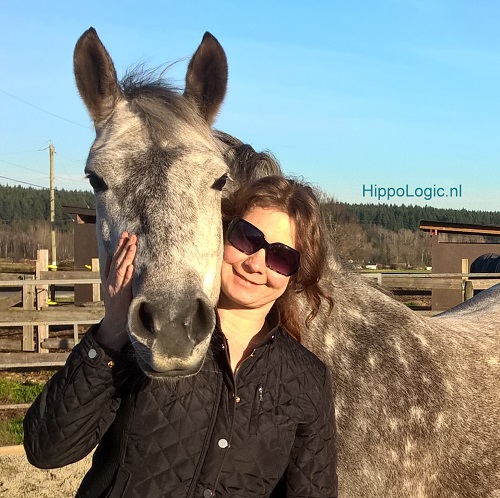




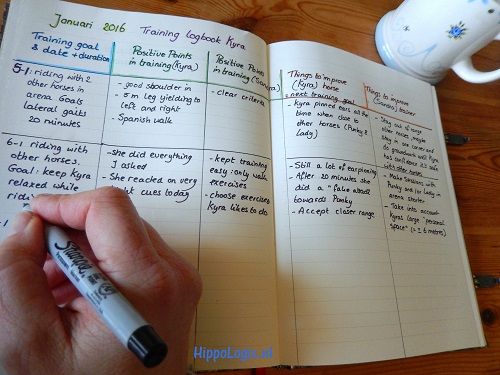
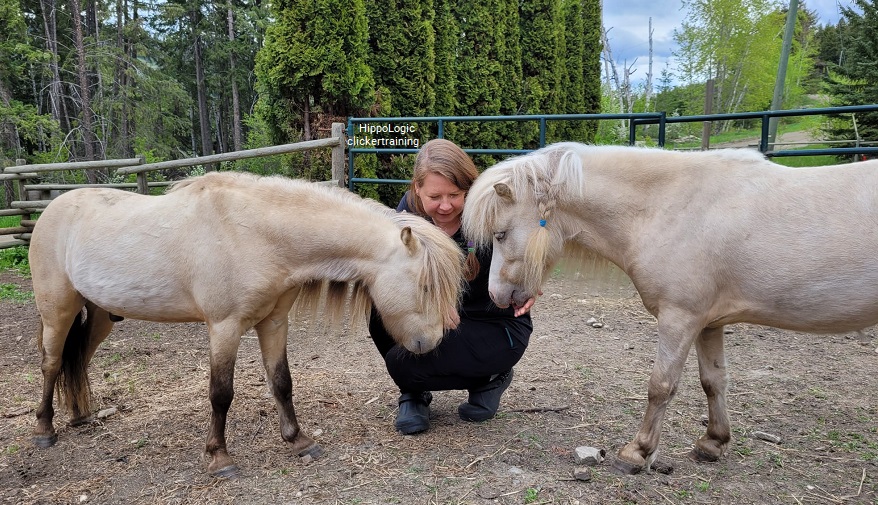


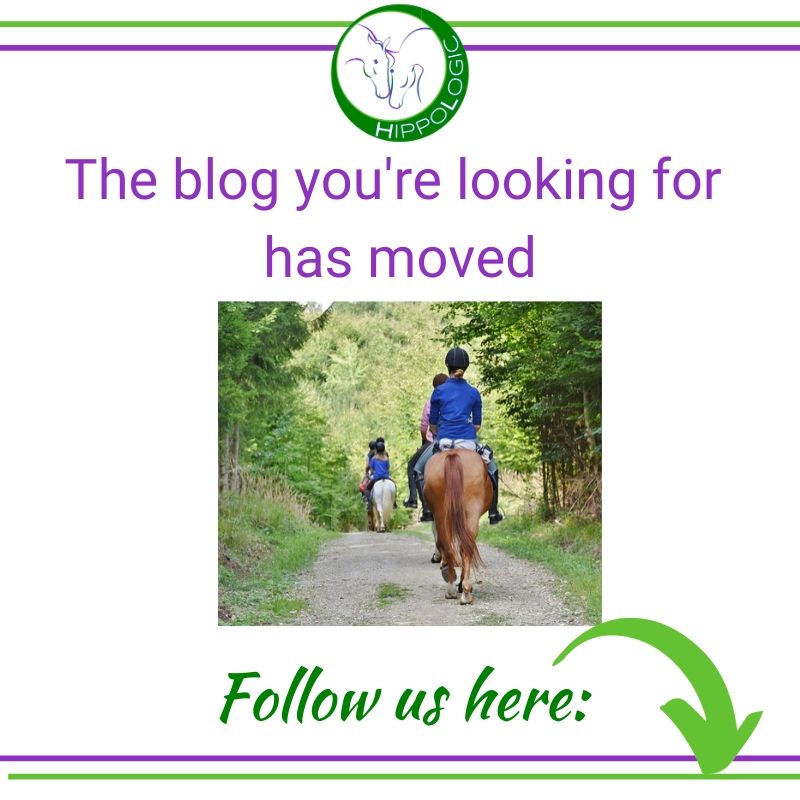
 Here are the 3 reasons I heard the most.
Here are the 3 reasons I heard the most.
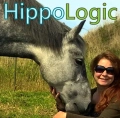
 Set a goal and make a plan (see tip #8). Simply start writing in your
Set a goal and make a plan (see tip #8). Simply start writing in your  You have to know when you want to work on it. Weekly lessons or a monthly meeting with your partner are a great way to make yourself accountable.
You have to know when you want to work on it. Weekly lessons or a monthly meeting with your partner are a great way to make yourself accountable.
 Use a bridge signal in combination with something the horse wants. Positive reinforcement is the one thing that made all my training so much easier, quicker and more fun too! A
Use a bridge signal in combination with something the horse wants. Positive reinforcement is the one thing that made all my training so much easier, quicker and more fun too! A 

 A clicker always makes the same sound and therefor it ‘travels’ the same path in the brain. The horse understands quickly what the sounds means. A click is not influenced by emotions of the human voice. It doesn’t matter who presses the clicker, it still sounds the same. So other people can ride and train your horse without confusing the horse about the bridge signal. The click of a clicker can be delivered instantly. Timing is everything. The more accurate your bridge is, the easier the horse learns what you want to reward him for.
A clicker always makes the same sound and therefor it ‘travels’ the same path in the brain. The horse understands quickly what the sounds means. A click is not influenced by emotions of the human voice. It doesn’t matter who presses the clicker, it still sounds the same. So other people can ride and train your horse without confusing the horse about the bridge signal. The click of a clicker can be delivered instantly. Timing is everything. The more accurate your bridge is, the easier the horse learns what you want to reward him for. something he wants’ (positive reinforcement, R+)?
something he wants’ (positive reinforcement, R+)?

 a Classical bow. The skippy ball became a ‘target’ and it was really hard to change ‘touching’ the ball into pushing the ball. That didn’t take my pleasure away, though. The Classical bow was a coincidence and I was lucky to ‘capture’ that behaviour. I can’t recall how we got to a Spanish walk.
a Classical bow. The skippy ball became a ‘target’ and it was really hard to change ‘touching’ the ball into pushing the ball. That didn’t take my pleasure away, though. The Classical bow was a coincidence and I was lucky to ‘capture’ that behaviour. I can’t recall how we got to a Spanish walk.



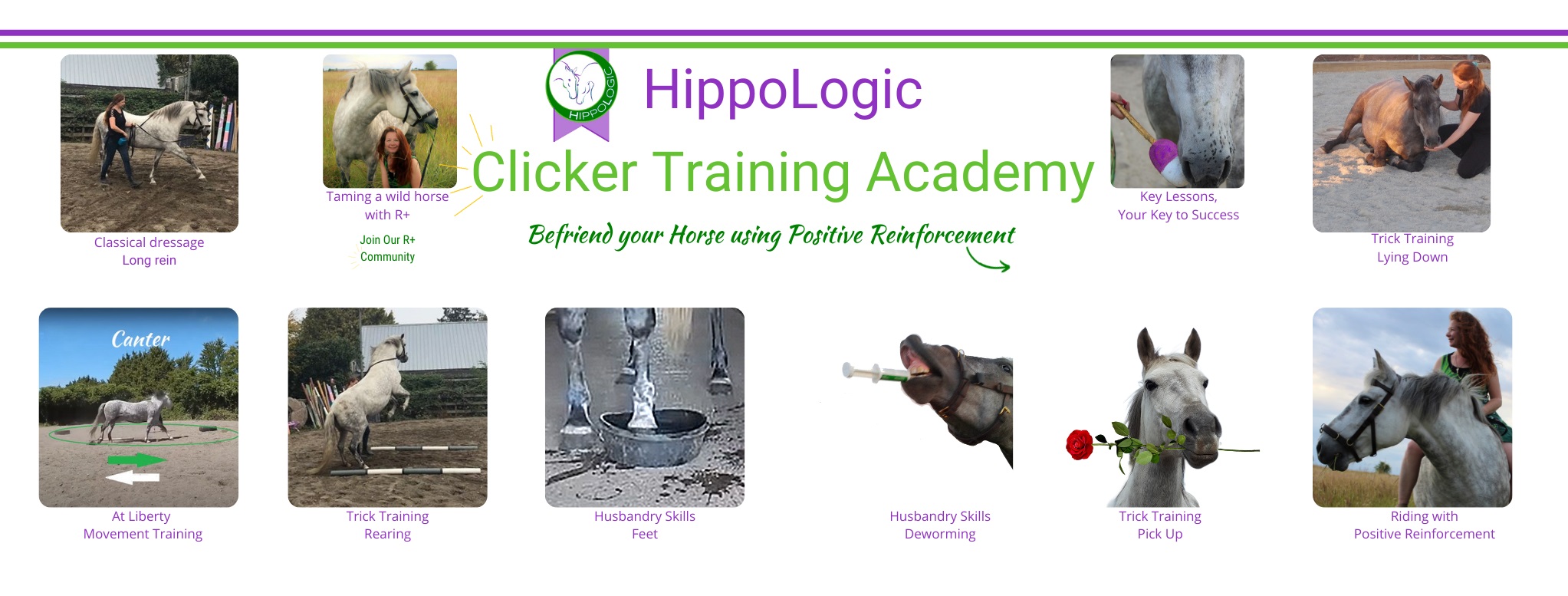



 The more I
The more I 
You must be logged in to post a comment.